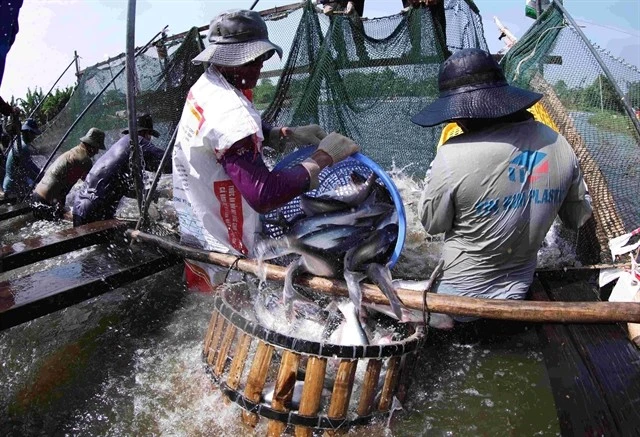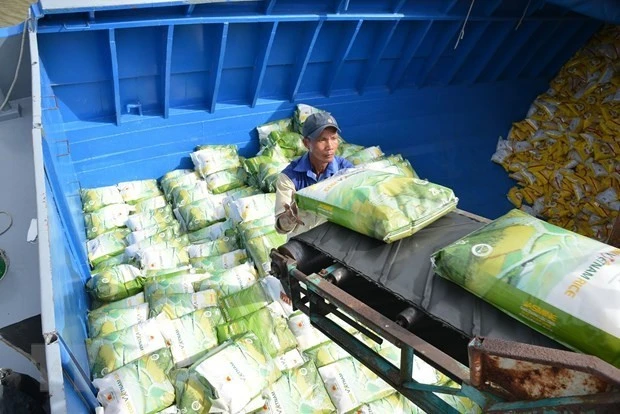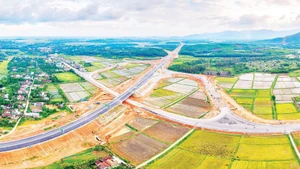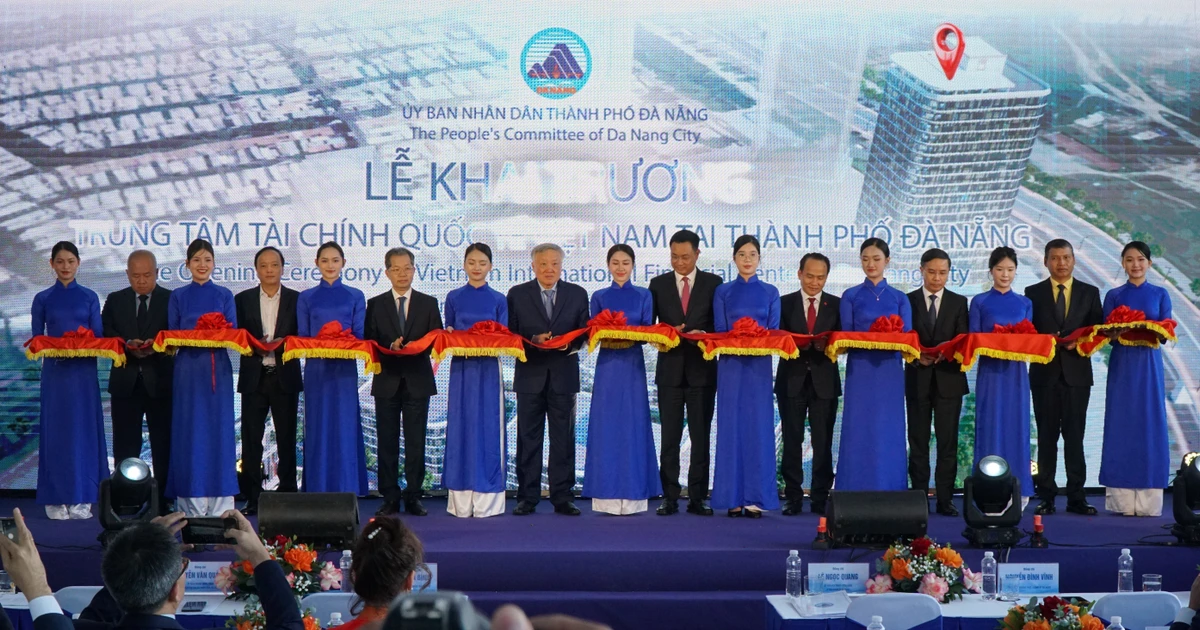Currently, the country's total tea area covers more than 120,000 hectares. Tea export turnover in five months in 2023 reached 65 million USD.
According to statistics, tea business area has always been stable with 110,000 hectares, productivity increased sharply from 7.47 tonnes per hectare to 9.75 tonnes per hectare. In processing activities, some enterprises have invested in modern processing technology lines.
In addition, businesses are also producing in the direction of product diversification, so the value is being gradually enhanced.
Many mechanisms and policies from central to local levels have been promulgated in order to develop tea production and consumption. Products made from tea plants are becoming increasingly diversified and abundant, ensuring output and quality while serving the needs of domestic and foreign consumers.
In addition to developing production and improving product quality, the key tea areas have approached and developed the form of experience tourism, with very positive initial results in areas such as at Tan Cuong specialty tea area, Shan Tuyet in Ha Giang Province, Shan Tuyet Suoi Giang, Thanh An Tea Island, Thanh Chuong District (Nghe An Province), Tam Chau Tea Hills in Lam Dong Province, Long Coc (Phu Tho province), Moc Chau (Son La Province), Linh Duong (Lao Cai Province), Tan Trao (Tuyen Quang province), and Huong Son (Ha Tinh province).
In addition to developing production and improving product quality, the key tea areas have approached and developed the form of experience tourism.
For organising and linking production, Vietnam has built two main tea product value chains: the black tea value chain (mainly for export) and the green tea product value chain (for both domestic and export markets).
In fact, tea production in Vietnam still faces many difficulties. Applying good agricultural production practices as well as organic production has been implemented for many years, but the rate is still low; Seed quality management and tea seed production and trading establishments in some localities are still lax; tea production by households accounts for nearly 65% of the area, the scale is about 0.2 hectares per household.
In addition, the situation of collecting raw materials through many levels increases the price of input materials, prolongs storage time, reduces the quality of raw materials, and increases investment costs.
The whole country has about 257 industrial-scale tea processing enterprises, with a total designed capacity of 5,200 tonnes of fresh buds per day, employing 220,000 workers to produce nearly 200,000 tonnes of products per year.
However, the number of factories equipped with synchronous and good quality machinery and equipment, and ensuring technical standards only accounts for 20%; the average number of factories is 60%; the number of processing establishments that do not meet the technical requirements of the tea processing process is 20%.
The goal is that by 2030, Vietnam's tea growing area will reach from 135,000 to 140,000 hectares; strives to reach 55% of the certified safe tea area by 2025 and about 75% by 2030.
Accordingly, ministries, branches and localities need to encourage and create conditions for the formation of large commodity production areas; prioritize the development of transport infrastructure in tea-producing regions; build brands, promote agricultural tourism products in tea areas; attract businesses to invest in developing key tea areas associated with eco-agricultural tourism.
It is necessary to promote tea production in a safe direction; encourage people to apply high technology, and organic agriculture in producing tea; support people to associate production with product processing and consumption.
It is necessary to support enterprises in advertising, promoting trade, and searching for markets to consume tea products; as well as to diversify products and focus on rapidly increasing the proportion of high-value products and new products.
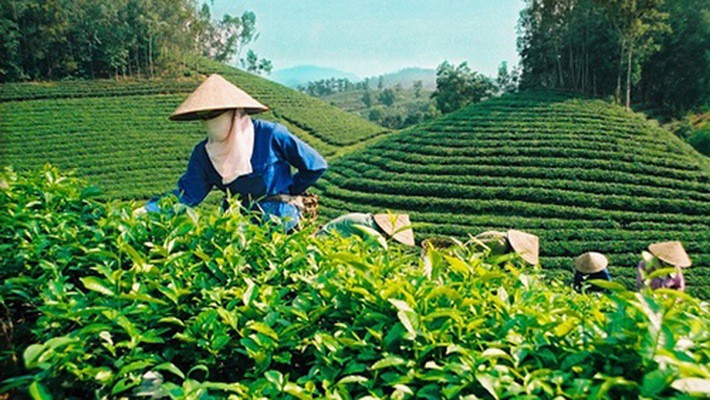
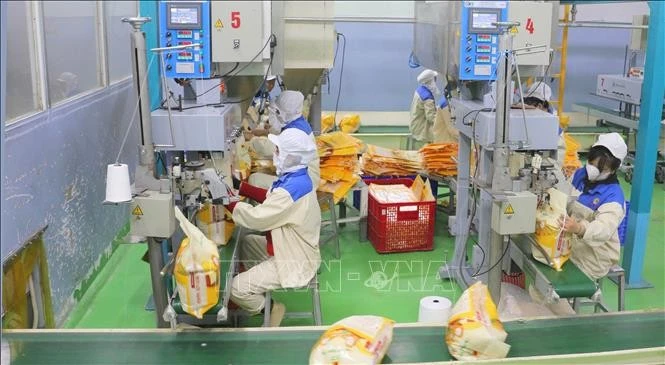

![[Video] Seven inspection teams formed to stabilise market during peak Tet period](https://en-cdn.nhandan.vn/images/9f233ae74386156ace55673ec5a8ea373e7bb5df2274800bfd51bda6ec86d9464d289201deda54c246314a974e2f0aef0bc69929884e4c53fd4eb6a1f98b468f6ae70becd9f49b834a8b9195e077c25b/anhminhhoavideo-110126-2.jpg.webp)

